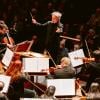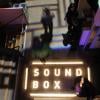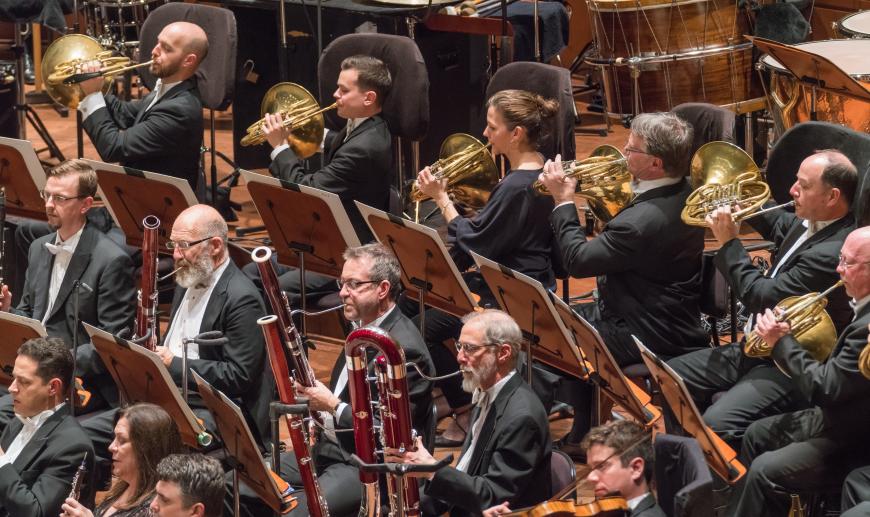
Even though the news of Esa-Pekka Salonen’s refusal to extend his contract overshadowed last weekend’s performances at Davies Symphony Hall, and even though money troubles have caused the administration to shorten sail in some respects, there is still ambition in the San Francisco Symphony’s coming 2024–2025 season, announced last week.
The orchestra is expanding its popular film-music series, leading off the season with a tribute to legendary Studio Ghibli director Hayao Miyazaki’s musical partner in all but one of his films, Joe Hisaishi. Technically, these Sept. 5–8 concerts, with Hisaishi himself conducting, are prior to the season opener, but if even half the Miyazaki fans in the Bay Area attend, the orchestra will end up having to seat people on the roof of Davies.
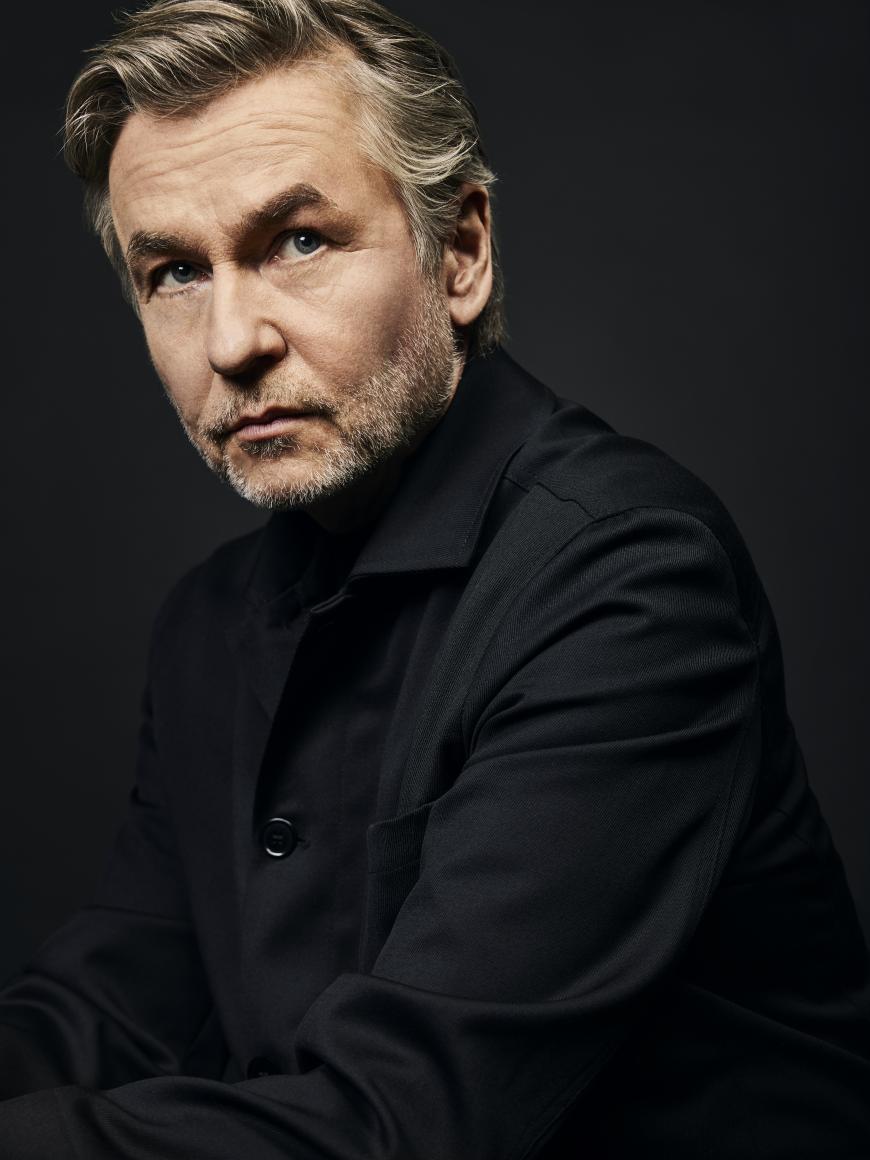
The scheduled season opener, Sept. 19–21, is Giuseppe Verdi’s Requiem, with Salonen on the podium, the SF Symphony Chorus (prepared by Jenny Wong), and stellar soloists: soprano Leah Hawkins, mezzo-soprano Karen Cargill, tenor Mario Chang, and bass Eric Owens. After the Sept. 25 opening gala with Lang Lang playing Camille Saint-Saëns’ Piano Concerto No. 2, the season gets underway in earnest.
If the SF Symphony is pulling in its figurative horns, it’s not noticeable in the world premieres the orchestra is tackling next season. Included in that list are Nico Muhly’s new piano concerto (Sept. 27–28), John Adams’s piano concerto After the Fall (Jan. 16–19, 2025), Anna Thorvaldsdottir’s new cello concerto (May 15–17, 2025), and new works by Xavier Muzik (Feb. 21–23, 2025) and Gabriella Smith (June 6–8, 2025).
Other contemporary composers on the subscription concerts for the season include Thomas Adès, Dai Fujikura, Gabriel Kahane, Magnus Lindberg, Missy Mazzoli, Gabriela Montero, Kaija Saariaho, and Salonen (his Cello Concerto).
And without wanting to overshadow those folks, Hector Berlioz is also receiving a first SF Symphony performance: his King Lear Overture (Jan. 24–25, 2025).
Yuja Wang watchers will be happy to note her return to the orchestra in three of Igor Stravinsky’s works (Salonen conducting, Feb. 13–16, 2025) and then also in a duo recital with Víkingur Ólafsson that sports an impressively varied program (March 2, 2025). The roster of big-name soloists is as long as usual and include debuts by Alexandre Tharaud (in Muhly’s piano concerto), Sayaka Shoji (in Dmitri Shostakovich’s Violin Concerto No. 1, Oct. 4–6), Rainer Eudeikis (in Salonen’s Cello Concerto, Oct. 18–20), Michelle Cann (in George Gershwin’s Rhapsody in Blue, Oct. 25–26), and Francesco Piemontesi (in Beethoven’s Piano Concerto No. 4, Feb. 28 – March 2, 2025).
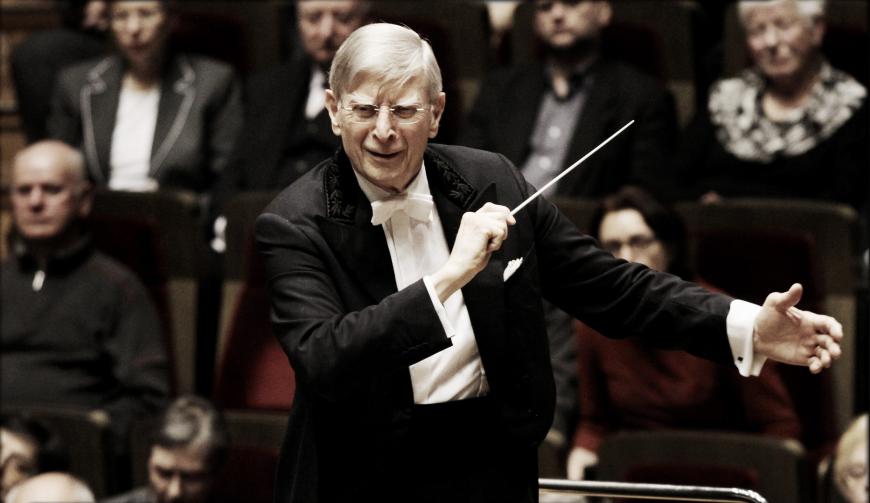
Among other unmissable concerts not already mentioned, look out for:
— Nicholas Collon’s conducting debut, with Conrad Tao playing Tchaikovsky’s Piano Concerto No. 1, while the orchestra undertakes Adès’s Three-Piece Suite from Powder Her Face and Edward Elgar’s Enigma Variations (Nov. 7–9)
— Kazuki Yamada’s conducting debut, with soprano Liv Redpath and baritone Michael Sumuel in Gabriel Fauré’s Requiem, Hélène Grimaud playing Maurice Ravel’s Piano Concerto in G Major, and Fujikura’s Entwine (Nov. 15–17)
— Ray Chen soloing in Samuel Barber’s Violin Concerto, James Gaffigan conducting, a program that also includes Mazzoli’s Sinfonia (for Orbiting Spheres) and Sergei Prokofiev’s Symphony No. 5 (Jan. 9–11, 2025)
— Carl Orff’s Carmina Burana and Adams’s new piano concerto (Ólafsson is the soloist), David Robertson conducting (Jan. 16–19, 2025)
— The return of Herbert Blomstedt to conduct Schubert’s Symphony No. 5 and Brahms’s Symphony No. 1 (Jan. 30 – Feb. 1, 2025)
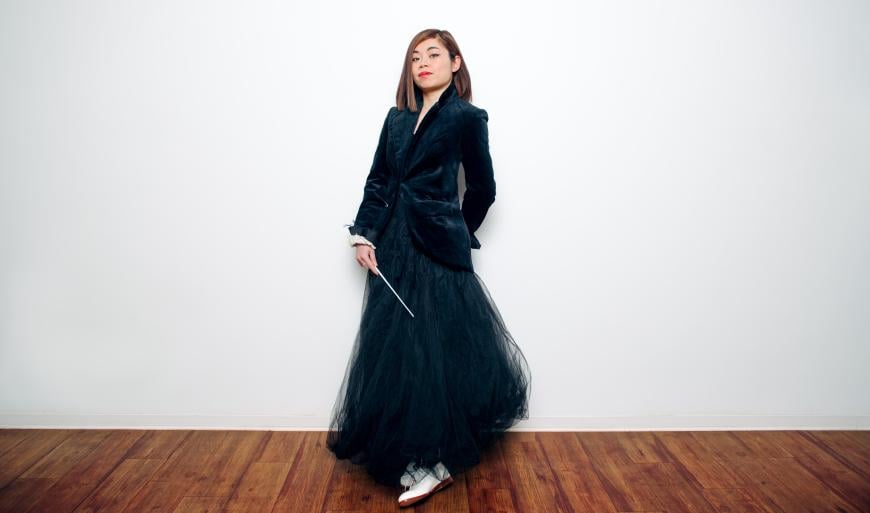
— Daniil Trifonov playing Prokofiev’s Piano Concerto No. 2 and Salonen conducting Stravinsky’s The Rite of Spring, in addition to Muzik’s premiere (Feb. 21–23, 2025)
— Elim Chan conducting Tchaikovsky’s “Pathétique” Symphony and music from Swan Lake (March 13–15, 2025)
— Marin Alsop conducting Montero’s Piano Concerto No. 1, Gabriela Ortiz’s Antrópolis, and Barber’s Symphony No. 1 (April 10–12, 2025)
— Isabelle Faust taking up Alban Berg’s Violin Concerto and Salonen conducting Magnus Lindberg’s Chorale and Stravinsky’s The Firebird (May 23–25, 2025)
— Gustav Mahler’s Symphony No. 2 (June 12–14, 2025)
Also worth noting, in the Great Performers Series, are the Academy of St Martin in the Fields with Joshua Bell (Feb. 26, 2025) and the Israel Philharmonic with Lahav Shani (March 23, 2025).
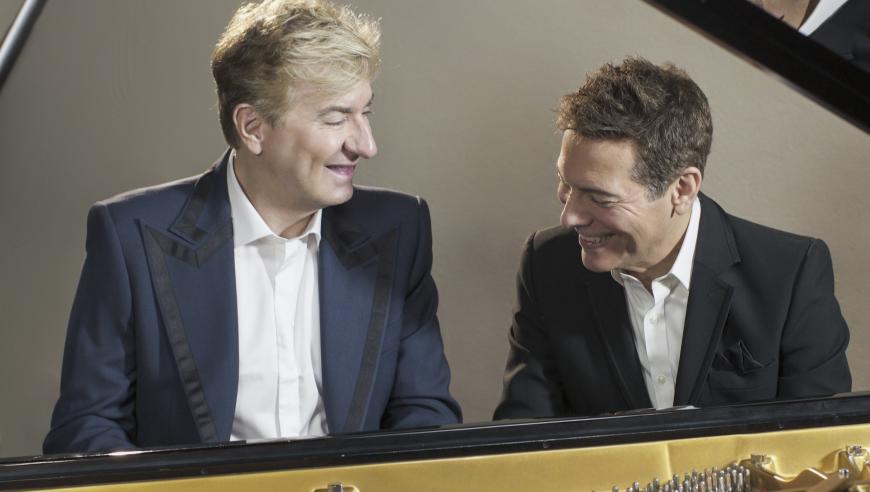
Among recitalists: Itzhak Perlman comes in with Emanuel Ax, Jean-Yves Thibaudet, and the Juilliard String Quartet (Nov. 10). Thibaudet and Michael Feinstein are the piano duo, with the full symphony in support, in “Two Pianos: Who Could Ask for Anything More?” their concert of Gershwin works that has just been released as a Decca recording (May 20, 2025). And Sheku and Isata Kanneh-Mason share the stage in cello sonatas by Fauré, Francis Poulenc, and Felix Mendelssohn, along with a new work by Natalie Klouda (June 1, 2025).
It’s sad to note, amid such plenty, that a concert performance of Leoš Janáček’s opera The Cunning Little Vixen, which was teased in last year’s season announcement as in the works for 2025, is not found here, as SF Classical Voice writer Lisa Hirsch pointed out.
As expected, the orchestra has halved the SoundBox series. This coming season, there are only two: one curated by composer and 2023 MacArthur “genius” grant awardee Courtney Bryan (Jan. 31 – Feb. 1, 2025) and one curated by Grammy-nominated composer and Pulitzer Prize finalist Andy Akiho (April 11–12, 2025).
Still, in every other respect, this is a season of plenty that, we may hope, will be crowned with a new, equitable labor agreement and outstanding orchestra vacancies filled.


